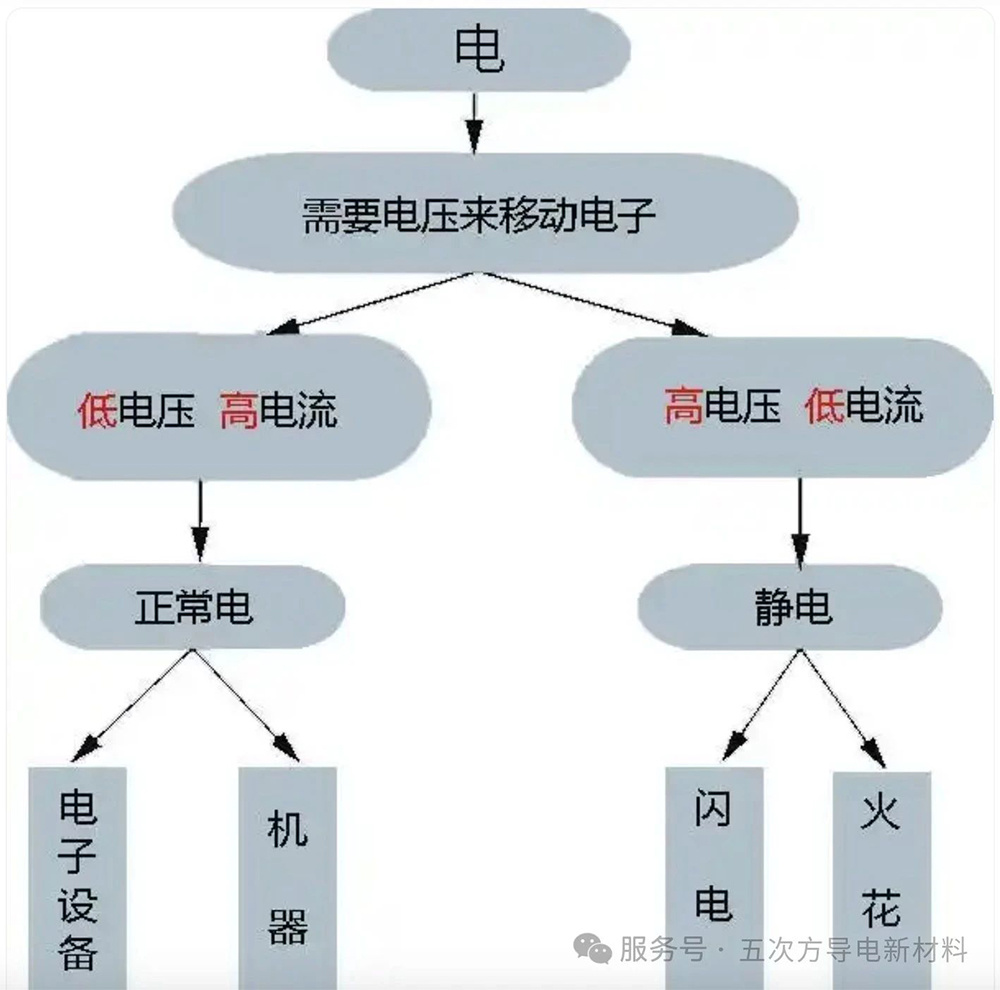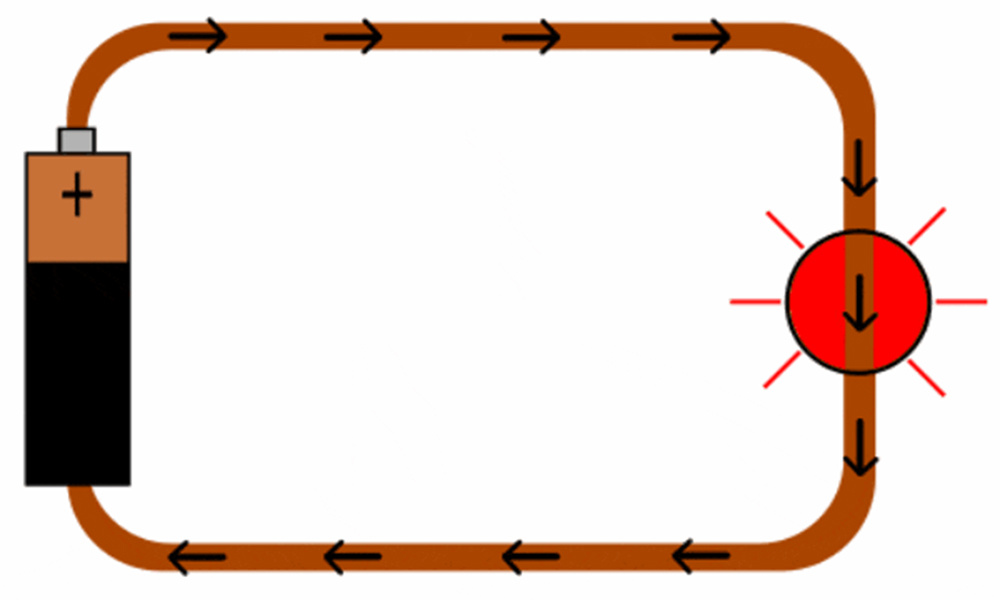“Electric current” and “static electricity”—two forms of violent aesthetics governed by the same set of physical rules
Release Time:
2025.07.02
The core difference between "electric current" and "static electricity": both are essentially electron movement, but one is like a continuously flowing river, the other like a suddenly collapsing dam. As I write this, I suddenly thought of a brilliant analogy: comparing electric current to public transportation (electrons moving orderly), and static electricity to a street flash mob (electrons suddenly gathering and dispersing).
Below is a comparative description of electricity (electric current) and static electricity, based on the core principle that both are "electron movement" but differ in their forms of manifestation:

I. Same Essence: Common Basis of Electron Movement:
Both are phenomena of charge (mainly electron) transfer or flow, following the same basic laws of electromagnetism (such as Coulomb's law, Ohm's law, etc.).

II. Key Differences Comparison

III. Core Difference: The Movement of Charges

Example Comparison:
Electric Current: When charging a mobile phone, electrons flow directionally from the socket → wire → inside the battery, continuously supplying energy.

Static Electricity: When taking off a sweater, friction causes electron transfer, and the accumulated charge discharges instantly when touching a doorknob, producing a spark.

IV. Practical Applications and Risk Comparison

V. Clarification of Key Misconceptions
1. "Static electricity is not electricity?"
× Incorrect! Static electricity and electric current are essentially the same; the only difference is whether the charge flows continuously.
2. "Static electricity has high voltage, so it is more dangerous?"
※ Misconception:
Static electricity voltage can reach tens of thousands of volts, but the amount of charge is extremely small (extremely small current), usually only causing a tingling sensation;
While household 220V current can be fatal, because the current continuously passes through the human body.
3. "Insulators do not conduct electricity, so they will not be charged?"
× On the contrary! Insulators cannot conduct away charges, making them more prone to accumulating static electricity (such as plastic, glass).
VI. Summary: Understanding the Core Differences in One Table

Summarize in one sentence to deepen memory:
Electric Current
Electric current, such as electrons "running" (continuously supplying energy, tamed wild horses)
Static Electricity
Static electricity, electrons are "punished to stand" (gathering and then suddenly erupting, dormant volcanoes)
Understanding the differences between the two can better utilize electric current to empower life and prevent static electricity risks (such as in precision laboratories, oil depot explosion prevention).
Previous: Application scenarios of electroluminescence
Next: None
Recommended Dynamics
Application scenarios of electroluminescence
2025-07-02











